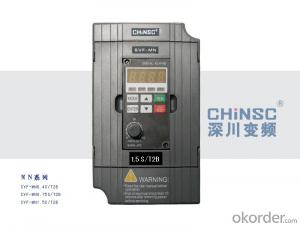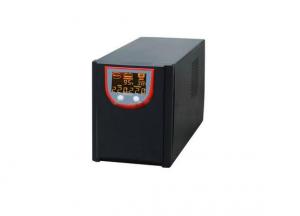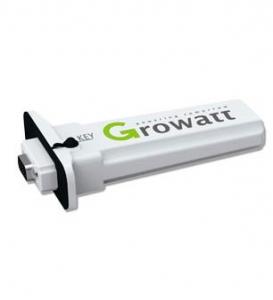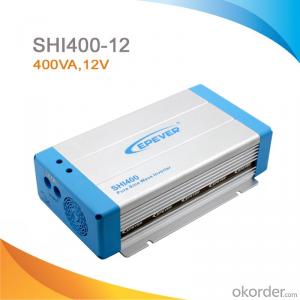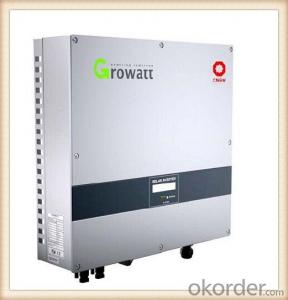Chint Solar Inverter
Chint Solar Inverter Related Searches
Chint Power Solar Inverter Vivint Solar Inverter Invt Solar Inverter Chinese Solar Inverter Solar Inverter Kit Shed Solar Kit With Inverter Jinko Solar Inverter Power Inverter Solar Kit Ampinvt Solar Inverter Solar Inverter China Micro Inverter Solar Kit Invt Solar Pump Inverter Central Inverter Solar Solar Kit With Inverter Mini Solar Inverter Kit Solar Power Inverter Kit Microtek Solar Inverter Inverter Solar Solar Inverter Christchurch Solar Power Kit With Inverter Sunshine Solar Inverter Mtn Solar Inverter Inverter With Solar Input China Solar Panel Inverter Solar Solar Inverter Solar Inverter In Chennai Smart Inverter Solar Suntech Solar Inverter Buy Solar Inverter Smart Solar InverterChint Solar Inverter Supplier & Manufacturer from China
Chint Solar Inverter is a line of high-quality solar power conversion devices designed to optimize the performance of solar energy systems. These inverters are engineered to convert the direct current (DC) generated by solar panels into alternating current (AC) that can be used by homes and businesses. They come in various types, such as string inverters, central inverters, and micro-inverters, catering to different solar installation needs and system sizes.The Chint Solar Inverter is widely used in residential, commercial, and industrial applications to harness the power of the sun and reduce reliance on traditional energy sources. These inverters are known for their efficiency, reliability, and user-friendly design, making them a popular choice for solar energy enthusiasts and professionals alike. They play a crucial role in ensuring that solar energy systems operate at peak performance, maximizing energy output and reducing the overall cost of electricity.
Okorder.com is a leading wholesale supplier of Chint Solar Inverter products, offering a vast inventory to cater to the diverse needs of customers worldwide. With a commitment to quality and customer satisfaction, Okorder.com ensures that each Chint Solar Inverter is thoroughly tested and meets the highest industry standards before being shipped to clients. This extensive inventory allows Okorder.com to provide competitive pricing and fast delivery, making it a trusted source for those seeking to invest in reliable solar power conversion solutions.
Hot Products


















